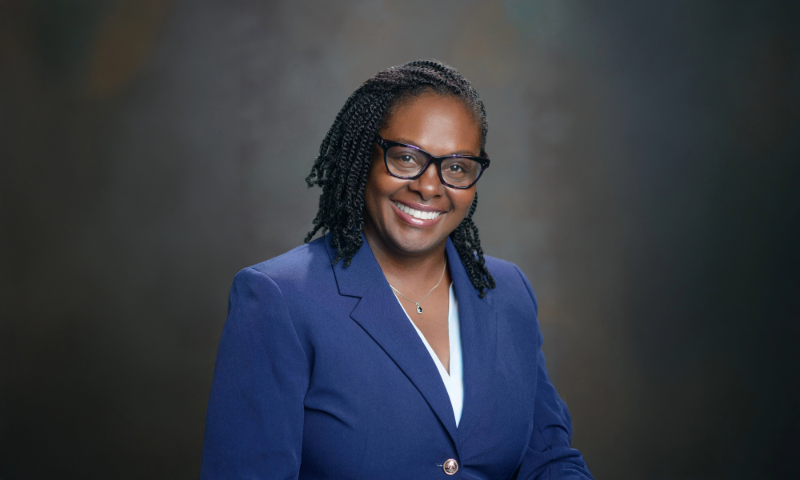Dr. Carla Grant Mathis serves as the Executive Director of Schools with Richland One Schools and is the Owner and Lead Consultant of Carla Mathis Consulting. Her work centers on equity-driven leadership, culturally responsive curriculum design, and systems-level transformation in education.
Curriculum leadership, at its essence, is stewardship. It demands foresight, moral clarity, and the courage to design systems that reflect what we value about children and community. Too often, curriculum is treated as a bureaucratic product—a set of standards, pacing guides, and assessments detached from the lived experiences of learners. But curriculum is not neutral. It is both mirror and map: it reflects who we are and guides where we believe students can go.
The Moral Imperative of Curriculum Design
Curriculum is inherently moral. It encodes the values, priorities, and identities that institutions choose to affirm or ignore. As Dr. Gloria Ladson-Billings (1995) argues, culturally relevant pedagogy is not about inclusion—it is about transformation. When leaders treat curriculum as a moral document, they move beyond alignment and compliance toward liberation and justice. Curriculum leadership must therefore center the lived realities of learners and communities, ensuring content and context reflect both truth and possibility.
Designing Before the Problem: A Framework for Proactive Leadership
Educational systems often operate from a reactive stance—addressing inequity only after harm becomes visible. The mindset that ‘it isn’t a problem until it is a problem’ perpetuates systemic injustice. Designing before the problem reframes curriculum as a proactive tool for justice. By anticipating barriers, leaders can design structures and practices that prevent marginalization rather than respond to it. Freire (1970) described education as an act of freedom; this philosophy extends that notion into leadership, insisting that justice must be embedded in every design decision.
Constructivism and Culturally Responsive Practice
Constructivism provides a theoretical grounding for co-constructed curriculum. According to Vygotsky (1978), learning occurs through social interaction and cultural context. Students, therefore, are not passive recipients but active participants in knowledge construction. Culturally responsive pedagogy, as Paris and Alim (2017) contend, honors students’ linguistic and cultural assets while promoting critical consciousness. Hooks (1994) extends this by framing teaching as an act of love and liberation. Together, these frameworks affirm that curriculum leadership must empower students to construct knowledge that connects intellect with identity.
Legacy, Identity, and the Leader’s Lens
Leadership identity shapes curriculum philosophy. My journey through Charleston County’s historically underfunded schools and my experience at Claflin College, an HBCU, ground my commitment to equity. These experiences affirmed that brilliance exists in every community when systems are designed to recognize it. As a Black woman and educational leader, I understand curriculum work as identity work—honoring ancestral wisdom while creating spaces for new narratives. Fullan (2001) reminds us that leadership for change is relational; transformation begins when leaders connect purpose to people.
Curriculum as a Systemic Equity Practice
Kaufman and Keller’s (1994) Mega Level theory situates curriculum within a larger social system, urging leaders to evaluate educational impact beyond test scores. Curriculum that is equity-centered aligns institutional goals with community uplift. To lead effectively, administrators must act as Sentinels—guardians of justice who interrogate curriculum for bias, irrelevance, and harm. When leaders align moral purpose with systemic design, they transform curriculum from policy to promise.
Conclusion: Designing for Justice, Not Just for Standards
Curriculum leadership is not a task; it is a calling. It requires the foresight to design before harm occurs and the conviction to lead with purpose and empathy. This philosophy refuses the comfort of neutrality. It declares that equity must be embedded, not appended. Curriculum, when designed with justice at its core, becomes a living declaration of faith in students’ potential and humanity. As Jeremiah 29:11 reminds us, our plans must be rooted in hope and a future—not just for some, but for all.
References
Freire, P. (1970). *Pedagogy of the oppressed.* Herder and Herder.
Fullan, M. (2001). *Leading in a culture of change.* Jossey-Bass.
Hooks, B. (1994). *Teaching to transgress: Education as the practice of freedom.* Routledge.
Kaufman, R., & Keller, J. M. (1994). Levels of evaluation: Beyond Kirkpatrick. *Human Resource Development Quarterly, 5*(4), 371–380.
Ladson-Billings, G. (1995). Toward a theory of culturally relevant pedagogy. *American Educational Research Journal, 32*(3), 465–491.
Paris, D., & Alim, H. S. (2017). *Culturally sustaining pedagogies: Teaching and learning for justice in a changing world.* Teachers College Press.
Schwab, J. J. (1973). The practical 4: Something for curriculum professors to do. *Curriculum Inquiry, 13*(4), 239–265.
Vygotsky, L. S. (1978). *Mind in society: The development of higher psychological processes.* Harvard University Press.
The Holy Bible, New International Version. (2011). Jeremiah 29:11. Biblica.




